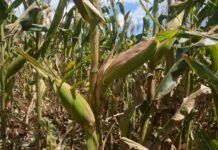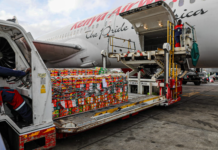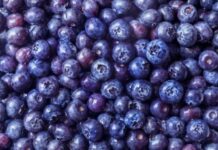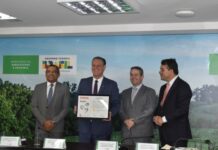DairyRobot R9500 (pictured) and DairyProQ automatic milking systems. (Image: GEA)
With a series of optimizations, GEA is launching a new generation of the DairyRobot R9500 and DairyProQ automatic milking systems, which bring significant enhancements to the milking technology module, the In-Liner Everything milking process and the MilkRack milking unit, among other benefits. A new service concept also ensures improved serviceability, lower maintenance costs and minimized system downtimes. Rounding off the new-generation systems is a comprehensive software package to optimize the milking process. All in all, dairy farms benefit from increased availability, more milkings and milk per day, and reduced operating costs of up to 35% compared to the predecessor model, for greater profitability. For existing DairyRobot R9500 or Monobox and DairyProQ systems, appropriate upgrade packages can be purchased to take advantage of the new features.
Innovations in the milking process come with economic and ecological benefits
The proven In-Liner Everything technology performs every step of the milking process – stimulation, cleaning/pre-dipping, pre-milking, milking and dipping – in just one single procedure. The dipping agent in the In-Liner Everything process is applied to both in the teat cup and teat, which means the teat rubber surface is also wetted. As a result, the dipping agent disinfects the teat skin as well as the teat cup. This can eliminate the need for intermediate disinfection with peracetic acid. In the following, the camera and teat cup are now cleaned in parallel. These process improvements not only shorten the box time for more milkings per day, they also protect the environment and reduce operating costs.
New separation mode saves time and resources
With the new software package 1.5, GEA brings another important innovation to the DairyRobot R9500: with just one click in the MView control, a convenient separation mode is activated. This allows animals whose milk is being separated to be milked as a group without intermediate rinsing or cleaning after each individual cow. This saves time and significantly reduces water, detergent and energy consumption. It also means that milking systems are ready for use again more quickly for the following cows.
Optimized service for maximum availability and greater durability of materials
For the new generation of automatic milking systems, GEA has fundamentally revised the regular service intervals and service packages. Longer-lasting materials and extended service intervals result in significantly lower service costs.
In addition, the milking technology modules have been improved. With the milking technology modules, which contain the sensors for milk analysis and metering, GEA’s Automatic Milking Systems follow a unique service concept and are far ahead of other systems. Optimized technical components in these modules now ensure a significantly longer service life. Their design has also been redesigned: Improvements in the extended installation space allow better accessibility to the module components and faster replacement of control service parts for continued milking and minimized downtime.
The new generation milking systems also feature an optimized MilkRack: new cup segments increase the service life of the round belts and enable the cleaning position to be adjusted with less maintenance. And thanks to fewer gaps, the MilkRack is now less susceptible to contamination.
Future-proof and flexible
Up to four milking robots can be connected to the supply unit of the DairyRobot R9500. This not only enhances the energy efficiency of the operation, but also provides sufficient flexibility for future expansion. Optional empty space modules have been developed accordingly for the DairyProQ milking carousel. These can be used to reduce investment costs and increase throughput capacity at the appropriate time by retrofitting additional milking parlor modules.








